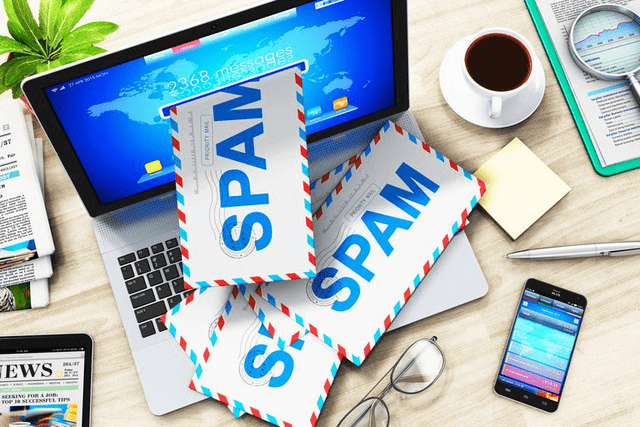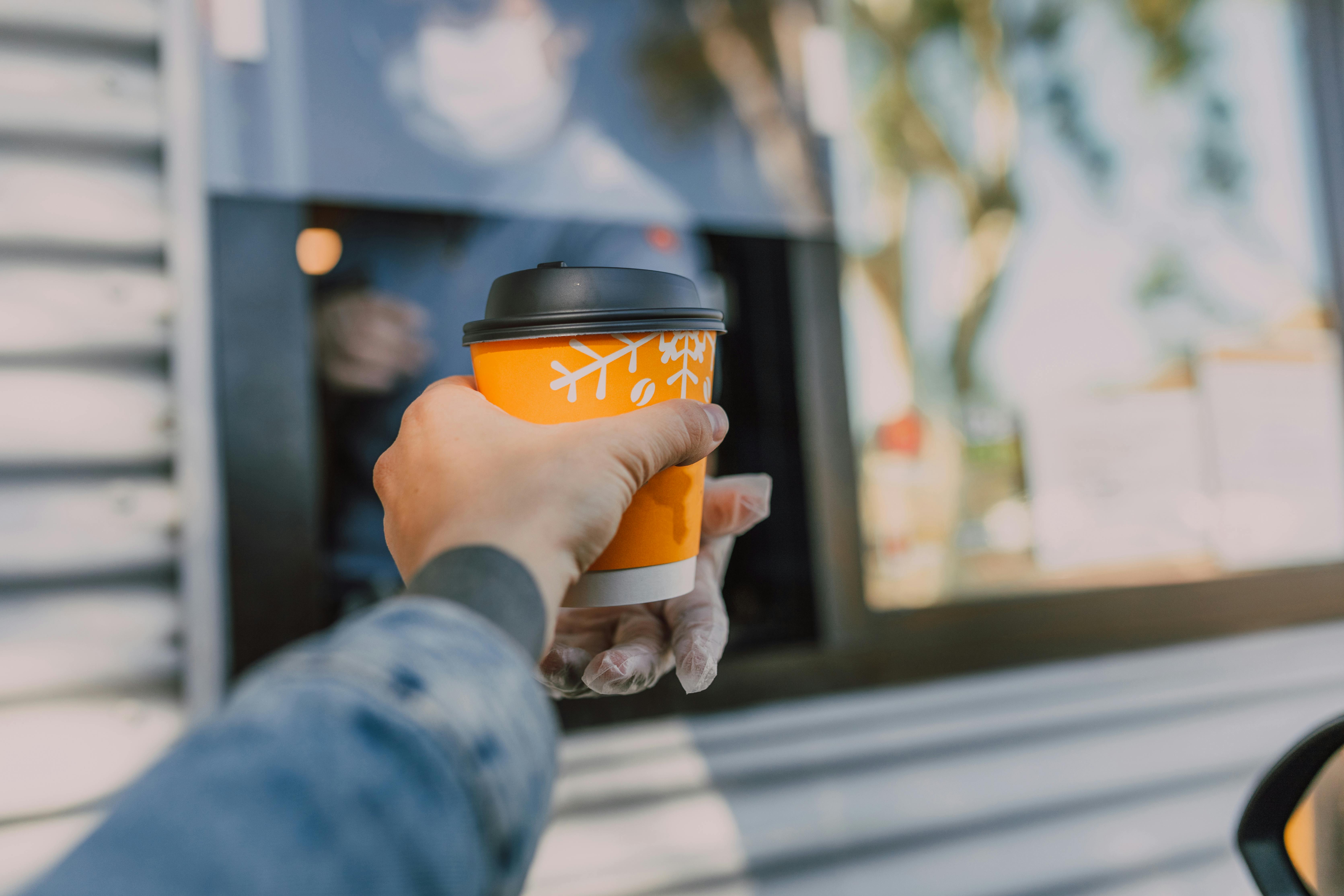How Frequently Should You Be Communicating with Your Customers?

At Stamp Me, we’re big believers in keeping in touch with your customers. Not only does it humanise your brand in the eyes of the customer, but it also keeps your business front of mind and provides a channel for informing people of new products and special events.
Rewards programs are an excellent tool for increasing engagement among your most loyal customers, and not for the reasons you might think.
While discounts on future purchases and other rewards are a great motivation for customers to keep coming back and accruing more points, the biggest drawcard of a modern-day digital loyalty program is the opportunity to directly communicate with your customers.
You can consequently offer each of them a completely unique and personalised experience with your brand.
But how much communication is too much?

“How frequently you should be communicating with your customers” is a head-scratcher for many businesses.
It’s perfectly natural that a business owner might have reservations about sending too many emails, SMS and/or push notifications to their customers, through fear of annoying them to the point of unsubscribing.
We’ve all had at least one experience where we’ve offered our contact details to a company, only to find ourselves drowning in a never-ending string of junk mail.

However, there’s a huge contrast between inundating potential customers with generic promotional material and sending your loyal customers targeted marketing that directly caters to their personal preferences.In fact, a recent study from the world’s largest PR company, Edelman, revealed that 80% of consumers are actually much more likely to shop with a particular brand if it uses their customer data to provide them with a personalised customer experience.
Meanwhile, a similar study from Euclid found that more than half of US consumers are happy to have retailers record their purchase history if it gains them access to tailored rewards and offers.
When you use customers’ data to enhance their own experience with your brand, they perceive it much differently to traditional mass-produced marketing.
With this in mind, it’s not so much a question of how frequently you should be communicating with your customers, but how you should be communicating with your customers, period.
Here are some remarkably effective techniques for direct targeted communication which have only emerged in recent years:
1. Timing-based targeted marketing
Have you ever received a message from, let’s say McDonald’s or Domino’s, right when those hunger pains strike? Well, that sure is convenient, isn’t it?!
Many fast food chains will “ping” their loyalty program members with tailored rewards offers right around lunch-time or dinner-time, in order to inspire images of the Golden Arches or a mouth-watering pizza delivered right to your doorstep, just when you’ve decided you can’t be bothered cooking tonight.


On a side note, McDonald’s (not surprisingly) is ingenious in its use of clever wording and enticing tone of voice when sending these perfectly-timed notifications to the McDonald’s app’s 60 million users.
Messages like “be the first to try our new menu item”, “bring a friend and enjoy X for the price of Y”, “get in quick or miss out” and “exclusive to you” do wonders for playing on customers’ emotions and creating a sense of urgency.
2. Location-based targeted marketing
Time for another scenario! Have you ever gone out for dinner with a friend somewhere new, and then received a push notification shortly afterwards from Yelp, TripAdvisor, Google Reviews etc. asking how your meal was and encouraging you to leave a review?
This is called geo-triggering, and brands that are ahead of the curve are jumping on-board fast. One such brand (and one which gets frequently mentioned at Stamp, for its innovative techniques towards enhancing the customer experience) is Sephora.
Sephora’s Beauty Insider loyalty program boasts a massive selection of exciting features and functions that you can read about here, and customers can explore them via a very convenient mobile app.
Another feature that stems from having the Sephora Beauty Insider app on your phone is that whenever you come within a certain radius of a Sephora outlet, you’ll receive a notification like this:

If you’ve just arrived at an airport that houses a Sephora shop (which, let’s face it, if you’re in an airport there’s bound to be a Sephora shop nearby), you might even receive a notification like this:

The personal touch and casual tone of voice in these notifications is extremely powerful. Notice how this second example isn’t even offering a discount or any sort of special treatment. It’s simply a light-hearted courtesy message that couldn’t be further from “pushy” or “intrusive” in its approach.
3. Problem-solving targeted marketing
There’s one final occasion where communicating with your customers in just the right way can be the difference between a lifetime customer and a former customer – remedying a mistake.
Let’s say a shipment is delayed or something has happened which is going to cause issues among a specific portion of your customer base. Could this possibly be a circumstance where targeted texts, emails and/or push notifications might come in handy? YES!
Aside from the most unreasonable of consumers, the vast majority of people understand that delays, mistakes and mishaps are a fact of life. It’s how you go about communicating the issue that will escalate or diffuse frustration.
For example, e.l.f. Cosmetics has dealt with its fair share of late shipments being solely an online store, so the e-commerce makeup brand has an email ready to go for just such an occasion.
Before the customer is even aware of the delay, e.l.f. notifies the affected customers that delivery is going to be slightly postponed.

The brand apologises, thanks the customer for their business, and offers a voucher towards their next purchase (plus free shipping). The email even manages to remind the customer of e.l.f.’s dedication to good corporate social responsibility practices in its conclusion!
Now, you might not consider this type of correspondence to be marketing. In fact, I would argue that e.l.f. Cosmetics is marketing itself as an honest, transparent and empathetic brand that places a high importance on customer service.
This kind of communication successfully turns bad news into an opportunity to strengthen the brand-customer relationship and offer a reward – pretty difficult to be mad about the delay after an email like that!
The trick is to make your brand’s communication so good that customers WANT more of it.

Generally speaking, when consumers sign up to a brand’s digital loyalty program with their personal details, they are aware that this opens the gate to tailored offers and targeted marketing.
By embracing customer data, customer feedback and all the other resources at your disposal, you can ultimately create a loyalty program that allows customers to receive as much or as little communication as they please.
It’s all part of the individual customer experience – make it simple and straightforward to opt out of text messages or emails if the customer doesn’t wish to receive them.
However, if you’re offering the right rewards and adopting the right techniques (such as some of the examples mentioned above), you’ll find that your customers aren’t opting out of anything!
And with that, I’ll leave you with one final statistic you might find interesting… push notifications drive nearly 10 times more users to make a purchase.

.png)

.png)
.png)
.png)
.png)
.webp)